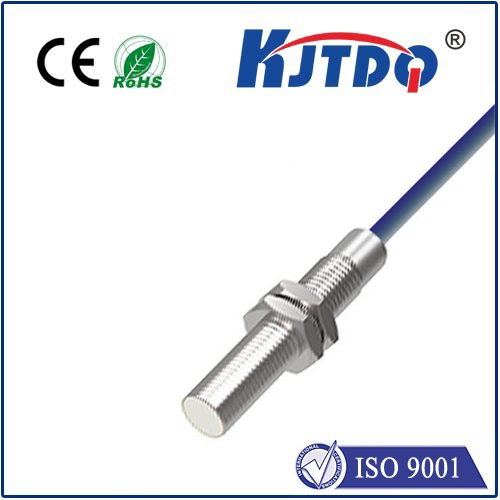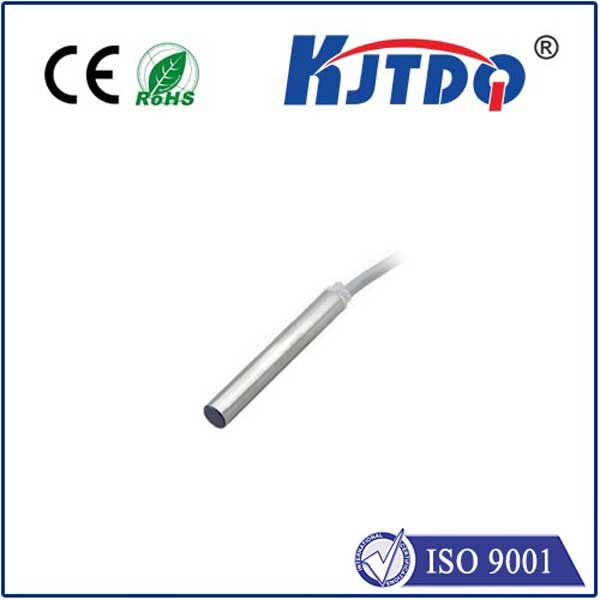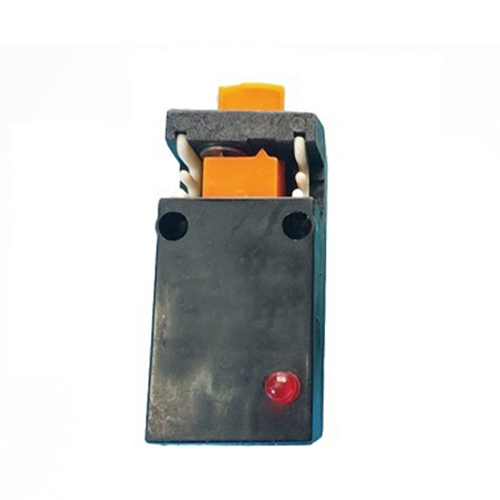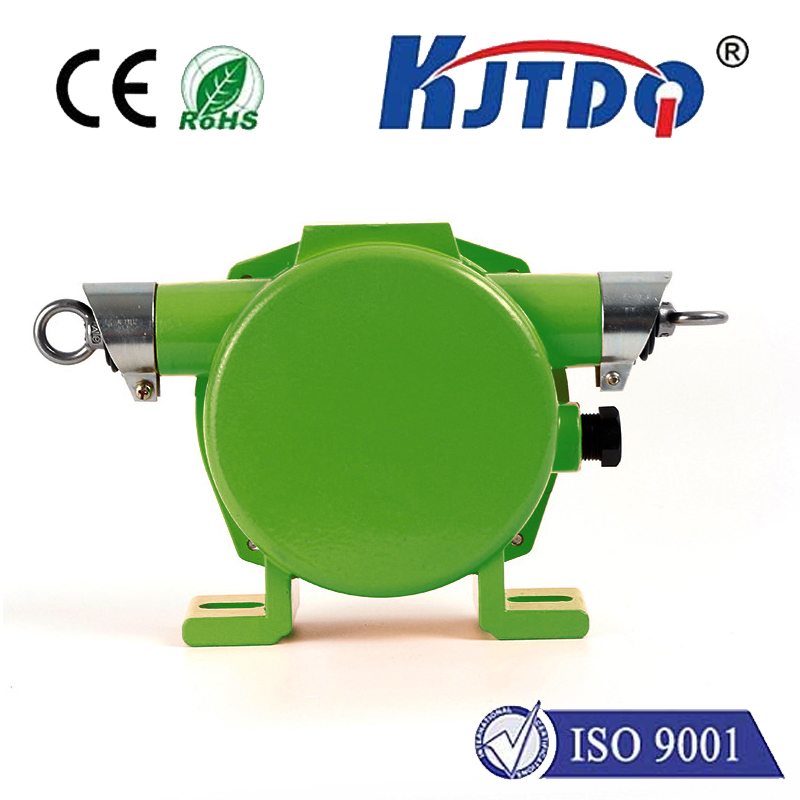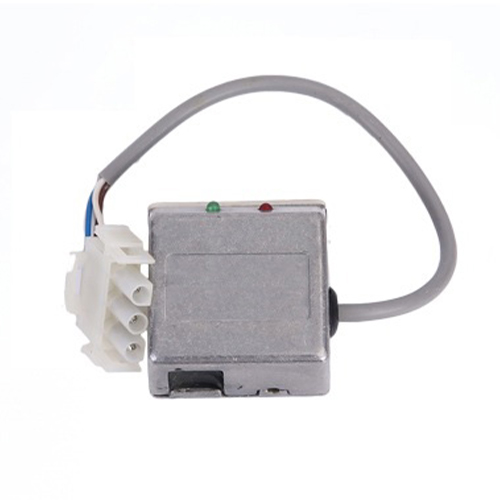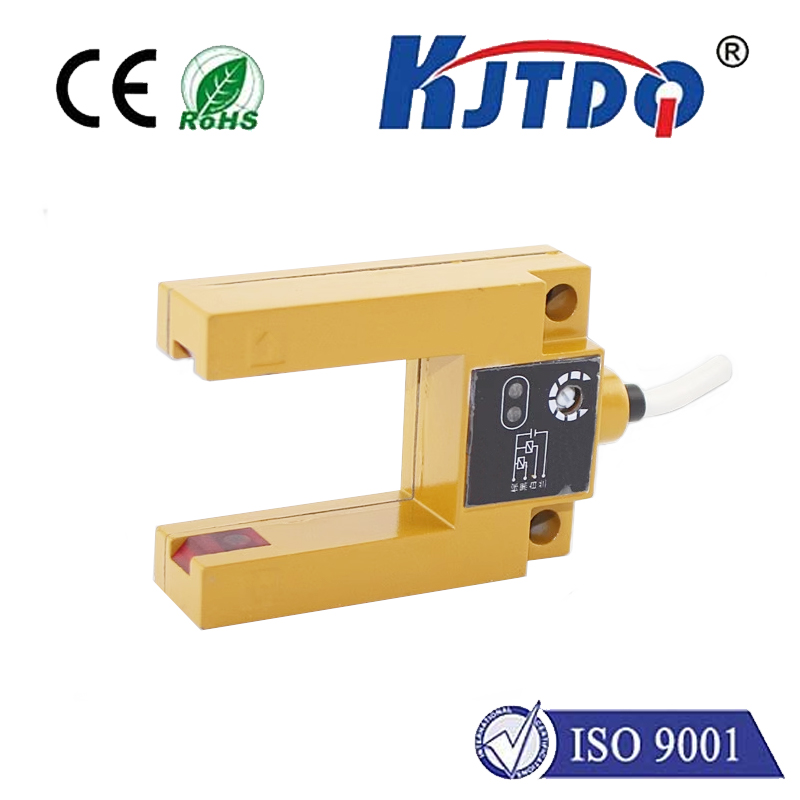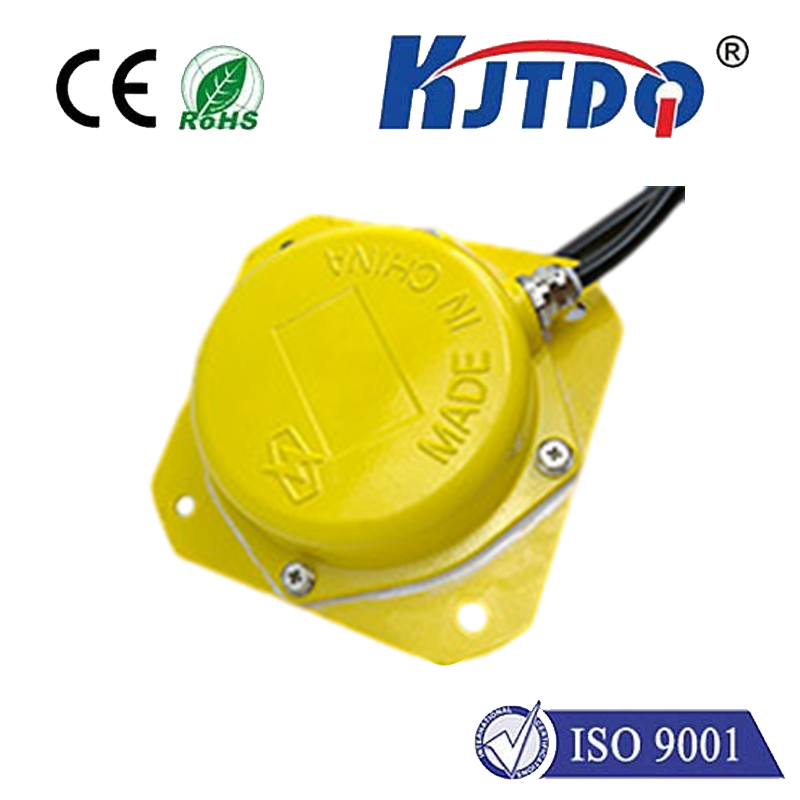mirror reflection photoelectric sensor
- time:2025-09-13 04:40:17
- Click:0
Mirror Reflection Photoelectric Sensors: Precision Detection in Demanding Environments
In the intricate dance of modern automation, seeing isn’t always about human vision. Machines require reliable, non-contact methods to detect the presence, absence, or position of objects, often in harsh, dusty, or high-speed environments. Enter the mirror reflection photoelectric sensor, a stalwart technology offering robust and precise detection capabilities where other sensors might falter. These sensors form the backbone of countless industrial processes, ensuring efficiency, safety, and product quality by leveraging a simple yet powerful principle: light and its faithful reflection.
Understanding the Core Principle: A Beam and Its Bounce
At its heart, a mirror reflection photoelectric sensor (often called a retroreflective sensor) operates on a fundamental photoelectric principle. Unlike thru-beam sensors requiring separate emitter and receiver units on opposite sides, the retroreflective variant combines both emitter (light transmitter) and receiver into a single housing. Here’s the clever part: it relies on a precisely positioned reflector (a specialized mirror, usually prismatic or corner-cube type) placed opposite the sensor head.
The sensor emits a beam of light – often modulated infrared or visible red LED light to enhance immunity to ambient light fluctuations. This beam travels across the detection zone towards the reflector. The reflector’s design is crucial; a corner-cube reflector, composed of three mutually perpendicular reflecting surfaces, ensures the light beam is reflected directly back along its original path to the receiver located within the sensor housing.

Object detection occurs when an object interrupts this light path between the sensor and the reflector. The absence of the reflected beam at the receiver triggers the sensor’s output signal (switching state). When the path is clear, the reflected beam is received, maintaining the opposite output state.
Key Advantages: Why Choose Mirror Reflection?
The popularity of mirror reflection photoelectric sensors stems from distinct advantages that make them ideal for many challenging industrial settings:
- Simplified Installation and Wiring: Requiring only one device to be wired and mounted on one side of the detection zone (plus the passive reflector on the other) significantly reduces installation complexity and cost compared to thru-beam sensors. There’s no need to align separate emitter and receiver units or run cabling to both sides.
- Extended Sensing Range: These sensors typically offer longer detection ranges compared to diffuse reflection sensors (which sense light bouncing directly off the target). Ranges easily reach several meters or even tens of meters, making them suitable for large machinery or warehouse applications.
- Superior Target Independence: Unlike diffuse sensors, whose performance can be heavily influenced by the target’s color, reflectivity, or surface finish, retroreflective sensors primarily detect the interruption of light. As long as the object is opaque and interrupts the beam, detection is reliable. This makes them excellent for detecting diverse objects without recalibration.
- Enhanced Immunity to Ambient Light: The use of modulated light and synchronous detection circuits within the sensor allows it to effectively filter out constant or slowly changing ambient light sources (like sunlight or room lights), focusing only on its own pulsing signal reflected by the mirror.
- Robustness in Challenging Environments: Prismatic or corner-cube reflectors are designed to maintain a strong, directed reflection even if they become slightly dusty, dirty, or misaligned. This inherent tolerance makes them more resilient than direct beam systems in less-than-ideal factory conditions.
Where Mirror Reflection Sensors Shine: Key Applications
The robustness, range, and simplicity of mirror reflection photoelectric sensors make them ubiquitous across numerous sectors:
- Manufacturing & Assembly Lines: Detecting presence/absence of parts on conveyors, verifying position of assemblies, counting products, monitoring bin levels, confirming pallet placement, and guarding hazardous machine zones (safety light curtains often use a similar principle).
- Material Handling & Logistics: Monitoring package flow on sorting lines, detecting objects on AGVs (Automated Guided Vehicles), verifying container positioning, and ensuring gate/door status (open/closed).
- Packaging Machinery: Controlling film feed by detecting its edge or perforations, verifying label application, detecting filled containers, and ensuring case sealing.
- Automotive Industry: Position verification of components during robotic assembly, detecting vehicle presence on lifts or assembly stages, and monitoring part feeds.
- Printing & Paper Processing: Detecting sheet feed, verifying stack height, monitoring web breaks, and controlling cutting operations.
- Building Automation: Monitoring automatic door operation, detecting elevator car position relative to floors, and safeguarding garage door closing paths.
Optimizing Performance: Installation Considerations
To ensure reliable operation, careful installation is key:
- Reflector Selection: Choose the reflector size appropriate for the sensor’s beam pattern and the required sensing distance. Larger reflectors generally provide longer range and better tolerance to misalignment.
- Secure Mounting: Both the sensor head and reflector must be securely mounted to prevent vibration or accidental movement from breaking the beam path. Use sturdy brackets.
- Precise Alignment: Initial alignment is critical. Carefully align the sensor head directly perpendicular to the center of the reflector. Many sensors have built-in alignment indicators (LEDs) to signal optimal beam reception strength.
- Avoiding Obstructions: Ensure the direct line-of-sight path between the sensor and reflector remains completely unobstructed except by the target objects you intend to detect. Keep the path clear of fixtures, cables, or accumulated debris.
- Environmental Protection: Choose sensors and reflectors with suitable IP (Ingress Protection) ratings for the environment (e.g., dust, water spray, washdown). Clean lenses and reflectors periodically if buildup occurs.
- Electrical Configuration: Ensure correct wiring of power supply, load, and output type (PNP/NPN, NO/NC) according to the sensor’s specifications and the requirements of your control system.
The Enduring Value of a Proven Technology
While newer sensing technologies emerge, the mirror reflection photoelectric sensor remains a fundamental and highly reliable solution for countless industrial automation tasks. Its blend of long range, insensitivity to target surface properties, simplified installation, and robust performance in challenging environments ensures its continued relevance. From ensuring a bottle is present before filling to safeguarding personnel around heavy machinery, these sensors provide the invisible, yet indispensable, eyes that keep modern industry running smoothly, efficiently, and safely. Understanding their principle and optimal application is key to unlocking their full potential in driving automation forward.






